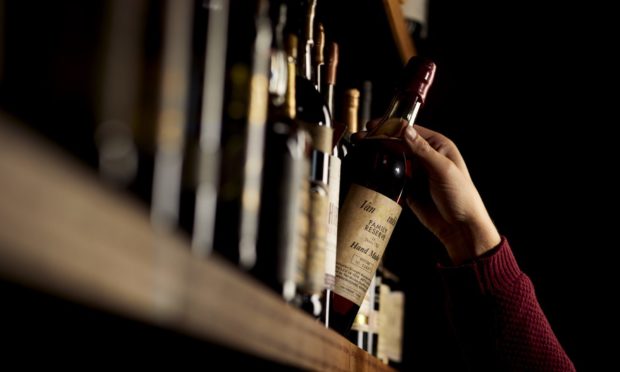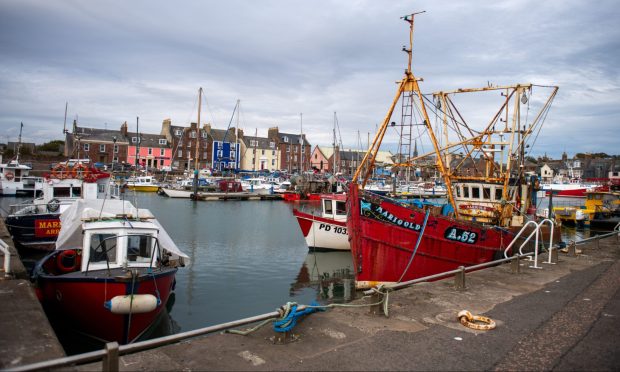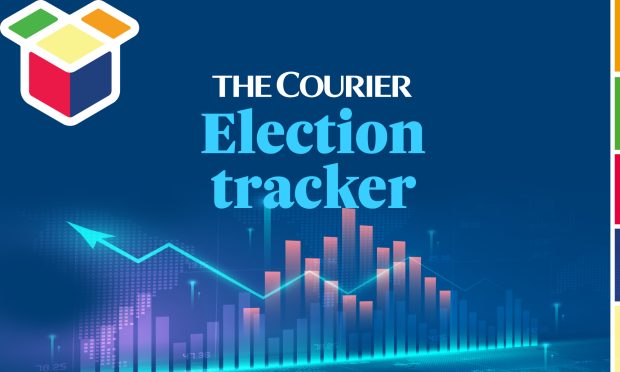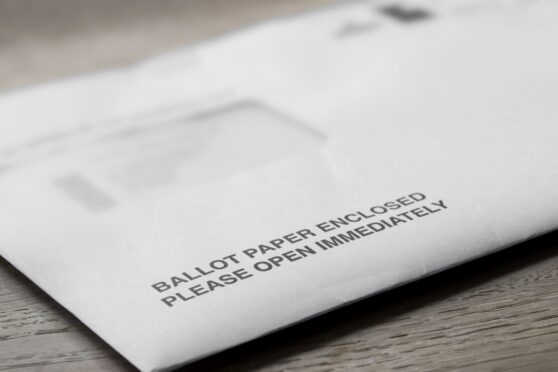High-end whisky exporters fear post-Brexit trading rules could lead to aged malts being blocked from sale on the continent.
Britain’s exit from the EU means exporters will have to obey complex “rules of origin” laws if they want to continue to sell products in Europe.
The rules require a breakdown of where a product and its component parts originate from.
If exporters can prove more than 50% of their product is made or manufactured in the UK, they will enjoy the benefits of the free trade agreement negotiated by Boris Johnson – if not, they will be forced to pay tariffs.
A senior manger at one Scotch whisky firm told us he feared it could create problems for the sale of 50-year-old malts, as breakdowns of where the malt barley or grain came from to produce the whisky no longer exist.
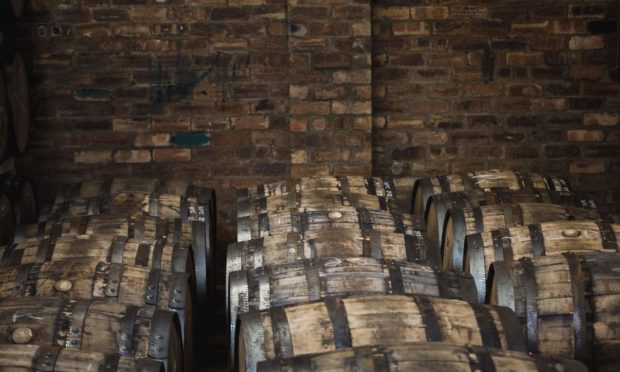
He said: “Up to now it has been easy to export to Europe as the amount of documentation was minimal, but we will now have to deal with more customs declarations and shipping regulations, but the real complexity will come with the implementation of Rules of Origin Certification, and what standards and requirements will be involved.
“Scotch whisky is already designated as originating in the UK, but the real problem will arise if the receiving country requires to know where the malt barley or grain came from to produce the original whisky. Was it grown in the UK or elsewhere?
“No-one will be alive, nor the records still existing, if they want proof of origin for a 50-year-old malt. We just don’t know how rigorous the authorities will be on what they might require.”
He added: “In short, with Covid restrictions and Brexit regulations, there is not much movement happening at the moment.
“I imagine that we are in a period of calm before the real problems will emerge. At least we do not have the worry of our product deteriorating in transit unlike some others.”
Whisky that has been produced in Scotland from grain or malt will have UK origin, no matter where the original grain or malt came from.”
UK Government spokesperson
The Scotch Whisky Association, which represents the industry, told us they did not expect rules of origin to cause problems in the long-term but added that it would be “monitoring” the situation.
A UK Government spokesperson said: “Under the terms of the trade agreement, UK geographical indications, including those for Scotch Whisky, will remain protected, as they always have been.
“Whisky that has been produced in Scotland from grain or malt will have UK origin, no matter where the original grain or malt came from.”
